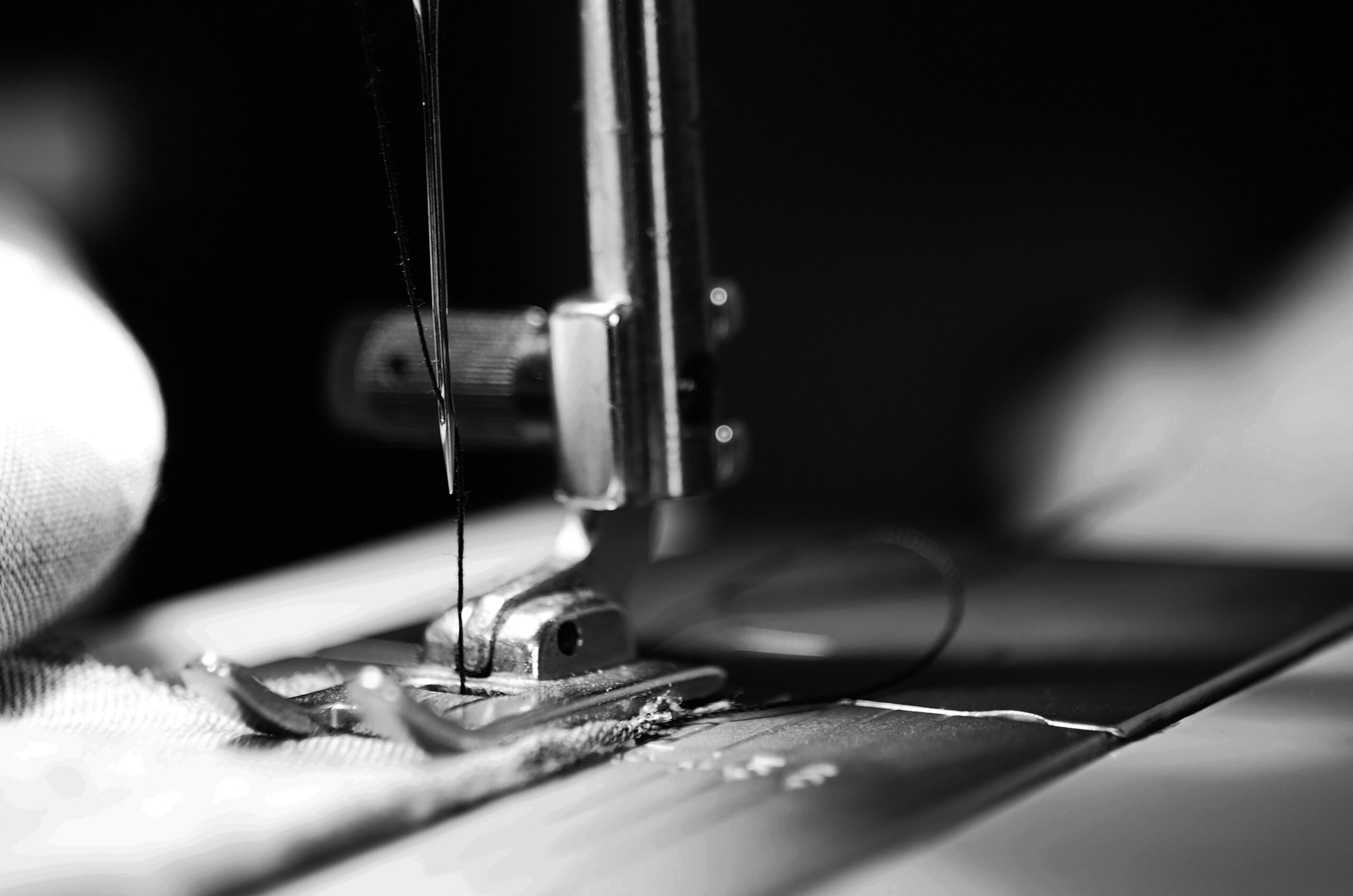The term presser foot may seem to refer to a foot pedal, given that you press the foot pedal with your foot. Well, it is the name of a different sewing machine part entirely.
So, where can you find the presser foot? The presser foot is located beneath the needle and above the throat plate and feeds dogs. You can place a cloth underneath using the presser foot lever to raise and lower the presser foot. A small opening in the presser foot allows the sewing needle to pass through.
The presser’s foot pushes the fabric down onto the feed dogs, where it is caught and pulled through the machine. It can also be used for specialty functions such as darning, sewing buttonholes, rolling cloth hems, and creating gathers.
There are many different kinds of presser feet for sewing machines, and they all have unique uses. Some presser feet are multi-functional and for various applications. Most presser feet have highly specialized functions and may break your sewing needle if used incorrectly.
Here is a list of the different types of presser feet and their specific use.
Binder Foot
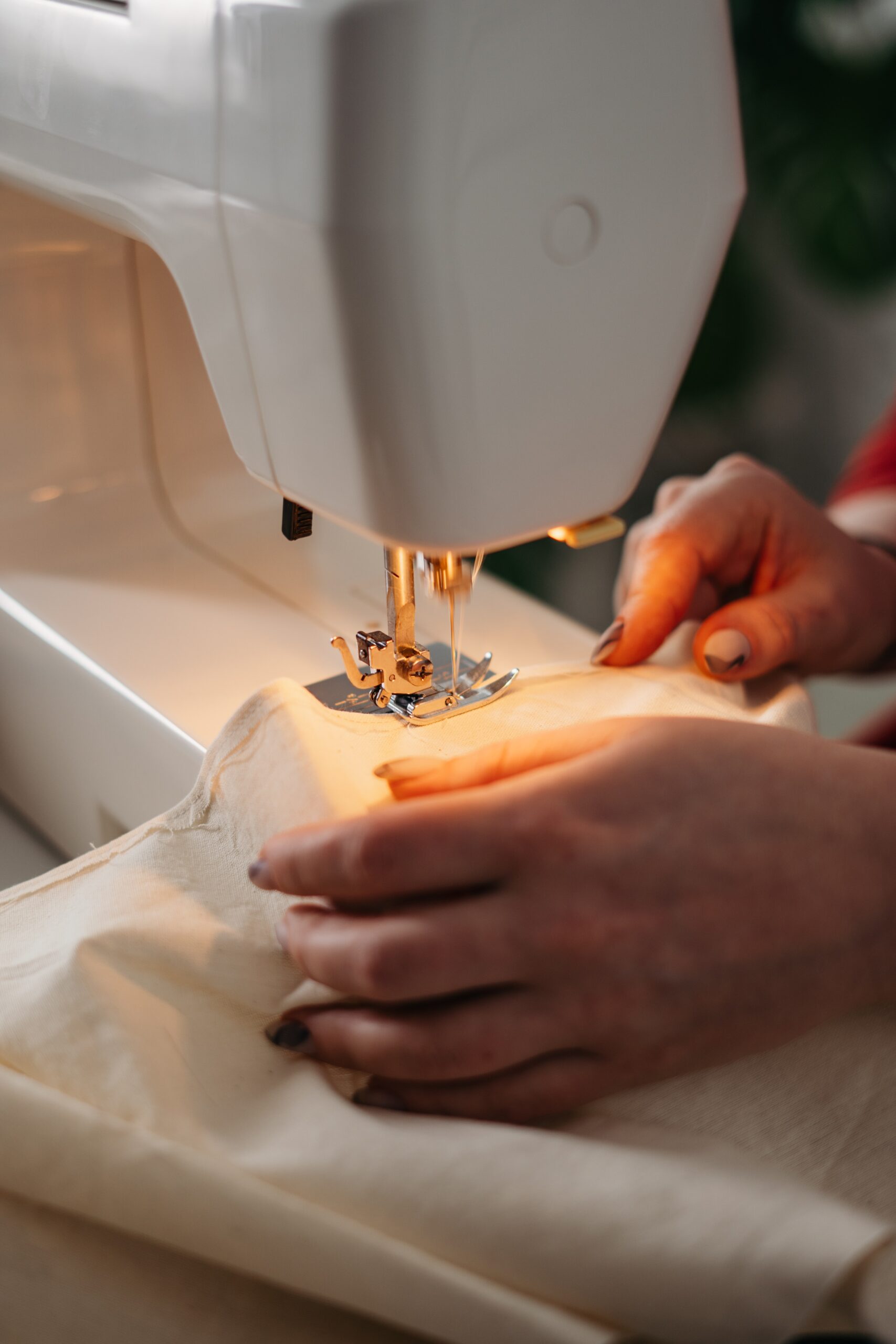
Binder feet can be exceedingly challenging to use, but these feet are perfect if you plan to sew a lot of binding tape.
You can apply bias tape to fabric with just one line of stitching, and binder feet come in various sizes.
Blind Hem Foot
The blind hem foot, also known as the hemmer foot, uses a metal sewing machine feet guide to create accurate stitching for your invisible blind hem. The built-in guide allows the needle to pass through the fold of the hem.
The blind hem foot can also be used to create pin tucks. It protrudes further forward than a regular sewing machine.
Trousers, skirts, and drapes are popular applications to use blind hem stitches.
Buttonhole Foot
A buttonhole presser foot is a sewing machine attachment that helps to create smooth and perfect-looking buttonholes. It can be adjusted to make various buttonholes and is suitable for use on most fabrics, including delicate ones.
To use a buttonhole presser foot, determine the size of the buttonhole you need and make the necessary adjustments. Then, place the fabric underneath the foot so the needle can properly sew the buttonhole.
Keyholes, stretch buttonholes, and horizontal buttonholes are some types of buttonholes.
Cording Foot / Piping Foot
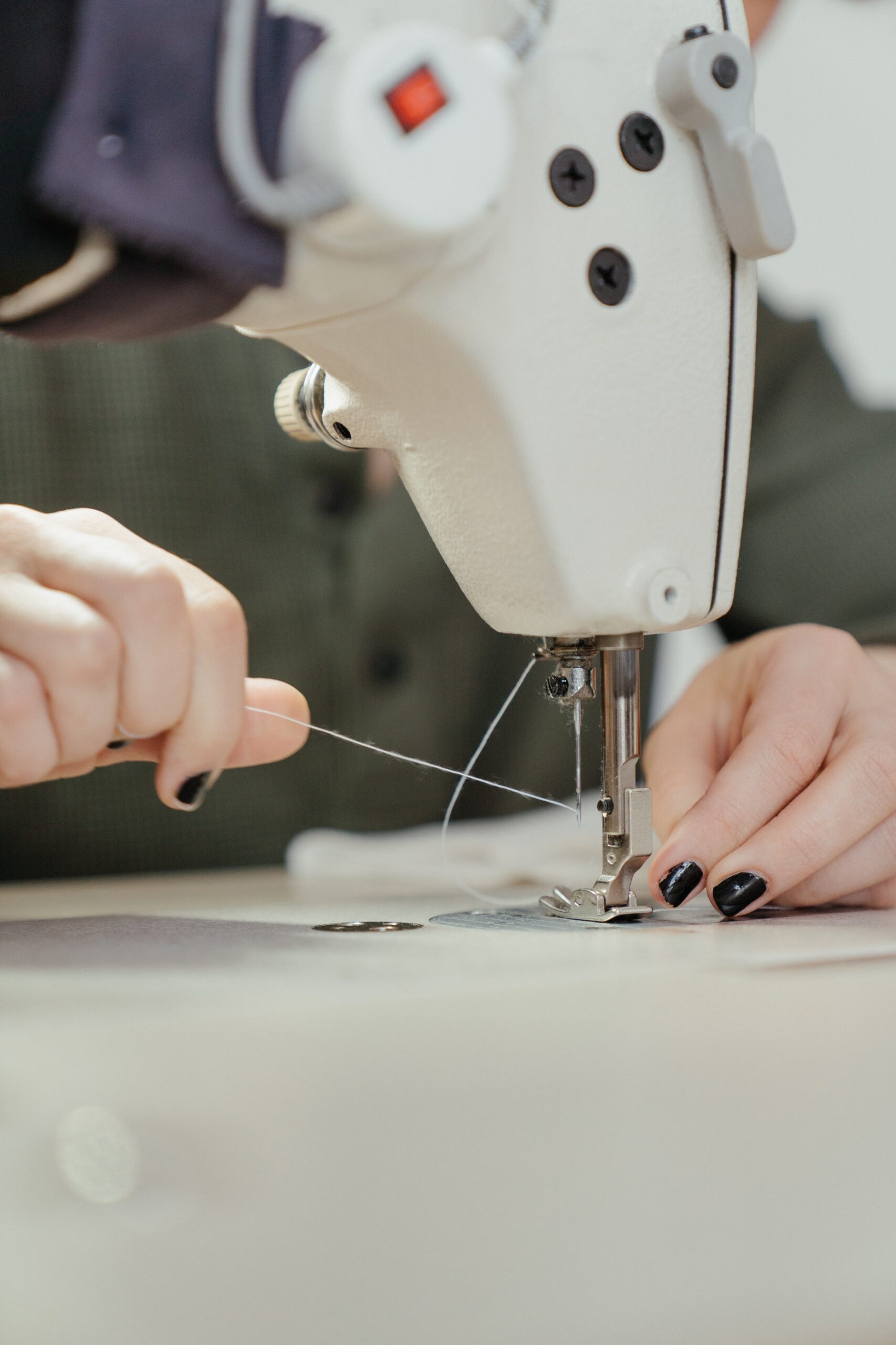
A cording foot, also known as a piping foot, is used to create and attach piping. This type of presser foot will help you sew your piping and cording beautifully.
The deep grooves on the bottom of the foot enable the pipe to pass directly through the machine without shifting alignment.
Also, attaching piping to a seam with the piping foot is much faster and easier than using a zipper foot, although a zipper foot will work in a pinch.
Darning Foot
A darning presser foot is an attachment for a sewing machine used to mend holes or tears in the fabric. It is also used to sew over seams to reinforce them. The small hole in the center of the darning presser makes it simple for the needle to go through the fabric. The foot is slightly elevated to make it easy to move the fabric while sewing.
The darning foot has two types:
The free-motion foot. The free-motion foot is used for sewing curved or intricate patterns. With dropped feed dogs and the free motion presser foot, you may stitch freely around the fabric in any direction without requiring you to pivot the needle or turn the material.
The walking foot. The walking foot is used for straight sewing lines.
To use a darning presser foot, choose the appropriate foot for your machine. Attach it and raise the presser foot lever.
Topstitching, quilting, and appliques commonly used free-motion foot.
Embroidery Foot
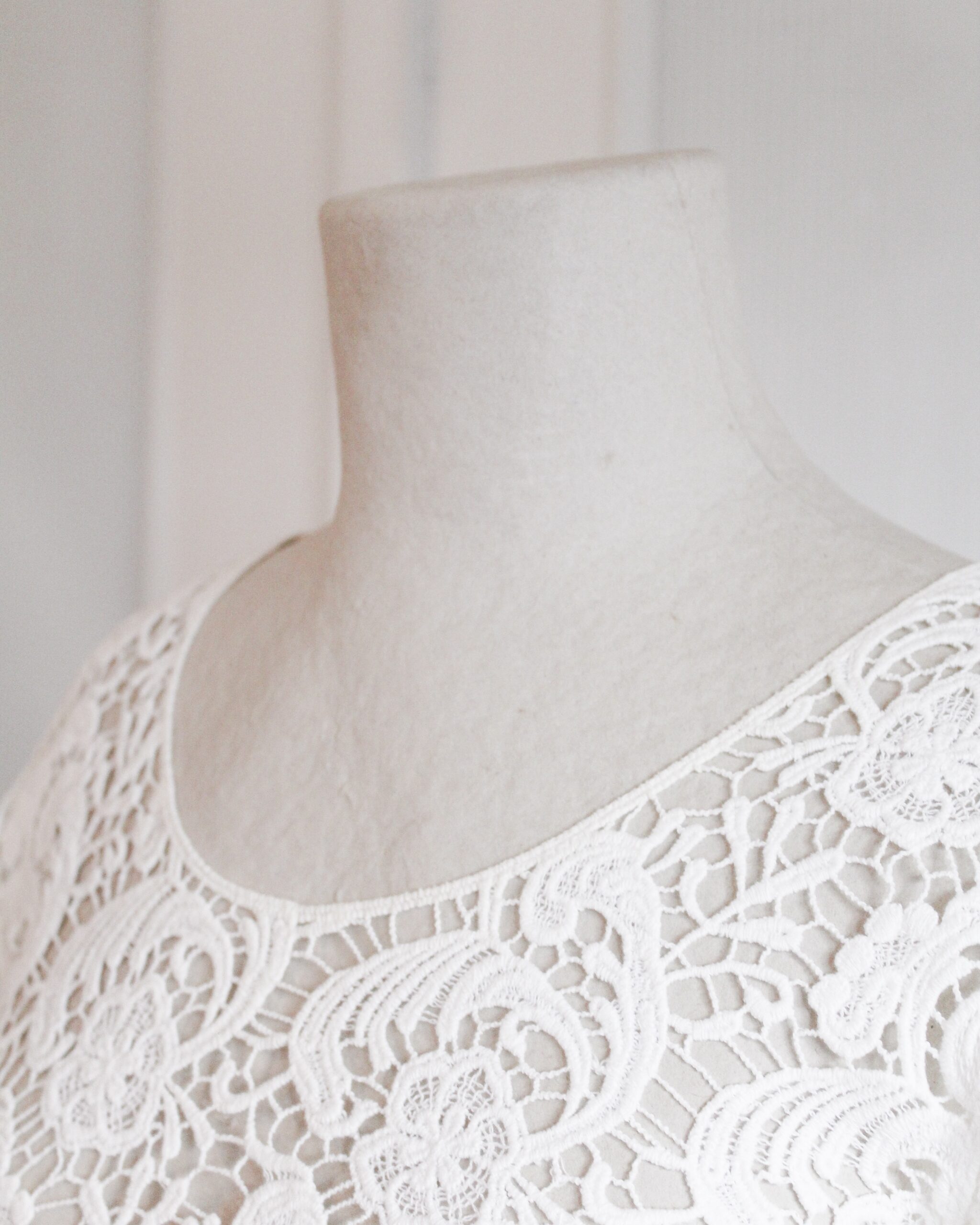
An embroidery presser foot is a specialized foot used to move the fabric through an embroidery machine. A small hole in the center of the presser foot allows the needle to fit through and sew. It also has a guide that helps keep the fabric moving straight.
The presser foot is a vital part of the embroidery process because it can make your embroidery projects look more professional and help ensure they are evenly spaced and correctly positioned.
Gathering Presser Foot
A sewing machine attachment used to gather fabric is called a gathering presser foot. It has a long, teeth-like bar that helps draw fabric through the machine by gripping it. This foot is a great way to gather material quickly and effortlessly.
Lightweight materials like chiffon and tulle, as well as heavier materials like denim and corduroy, are some of the ideal textiles to use with a gathering presser foot. The stitch length must be set to the longest setting when using a gathering presser foot. It will ensure even gathering of the fabric.
Invisible Zipper Foot
An invisible zipper allows you to get closer to the teeth, making the zipper even more invisible. The foot has a groove on the underside that will slip over the teeth.
The two channels on the bottom of the invisible zipper foot hold open each side of the invisible zipper one at a time. The zipper is hidden in the fabric when closed thanks to these channels, which enable sewing very close to the zipper’s teeth without sewing over them.
The invisible zipper foot is not interchangeable with the zipper foot.
Monogramming Foot
The monogramming foot has a clear toe area that gives high visibility to the needle, making it easier to perform decorative stitches such as scallops, applique, and monograms (letters). The bottom of the foot is grooved, allowing the foot to move smoothly over bulky stitches.
Additionally, it is used for specialty “heirloom stitching”, which involves purposely leaving holes in the fabric with a large needle to give the appearance of delicate lace.
Non-Stick Foot/Teflon Presser Foot
The non-stick foot is often made from Teflon on more professional sewing machines and plastic on home sewing machines.
Either way, the result is the same. A sewing machine presser foot that minimizes stickiness and can make for better sewing of synthetic fabrics and non-grain materials.
Overcasting Foot/Overlock Foot
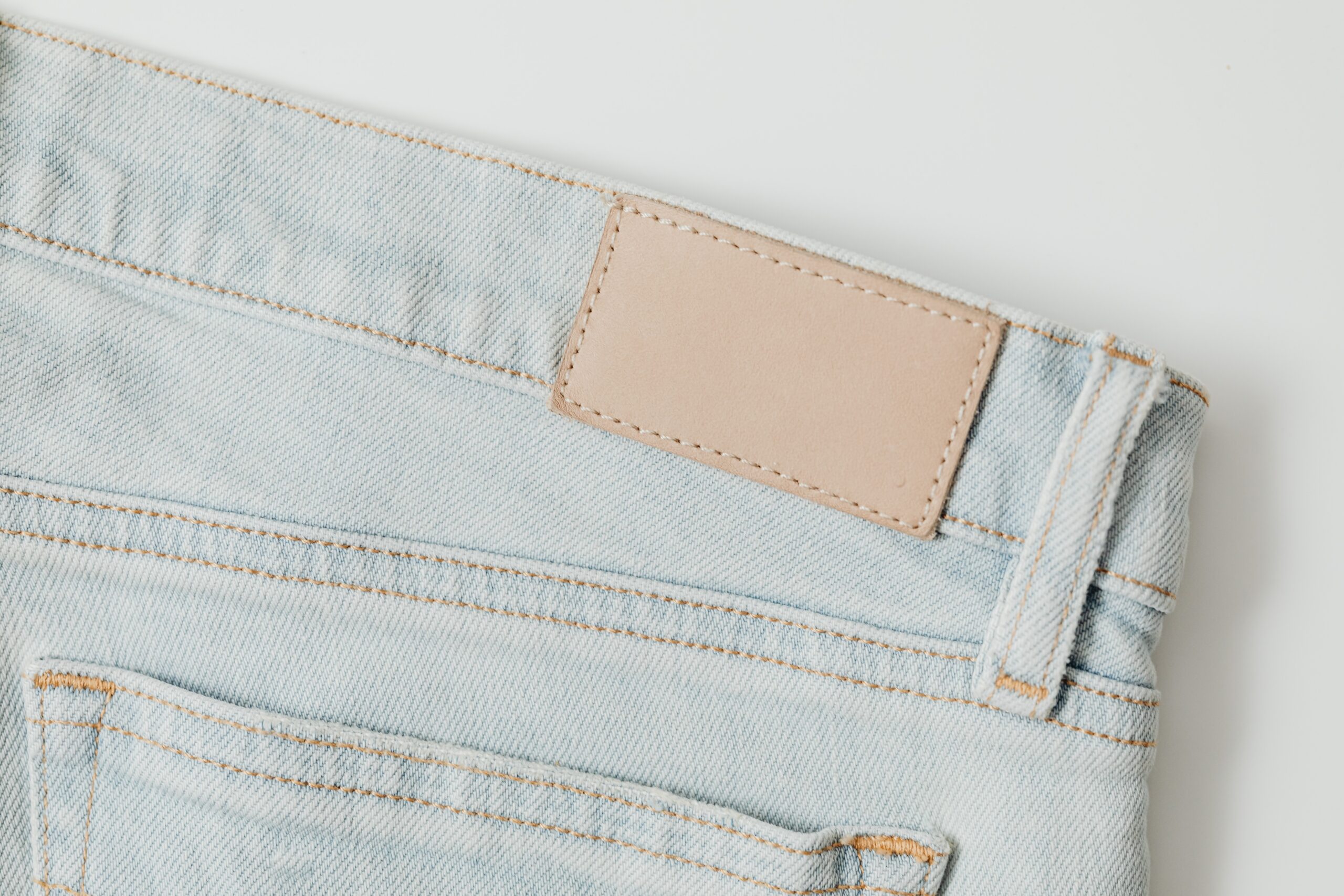
The overcasting foot is used to sew overcasting stitches, which wrap over the edge of the material to join and finish it in one motion. The foot has an edge guide that you may use to put the edge of the fabric against the foot to keep it straight when stitching.
The overcasting foot is similar to the operation of a serged stitch, without the knife that trims away the extra material.
Pintuck Foot
The pintuck foot has grooves on the back of the foot to space the tucks. It has twin needles and channels to help you sew small spaced pin tucks evenly.
Quarter Inch Foot
This quarter-inch seam foot will give you a perfect ¼ inch (6mm) seam allowance. It is a straight-stitch presser foot with an edge guide ¼ inch away from the needle. The guide makes it simple to align your fabric and sew straight quarter-inch seam allowances when making quilts.
Many ¼ inch quilting presser feet also have horizontal measurements on them. Topstitching can also be done using the 1/4-inch foot.
Rolled Hem Foot
A genius presser foot, perfect for sewing rolled hems on fine and sheer fabrics. With minimal effort, the rolled hem foot creates a perfectly folded or rolled hem by wrapping the edge of the material through a curled channel and sewing along the fold.
Presser feet for rolled hems come in various sizes, such as ½ inch, ¾ inch, and 1 inch, and each produces a different size of folded hem. They can be used for both gradual curves, as the hem of a circular skirt, and straight lengths of fabric.
In addition, to achieve the best result, you should hold onto the material as it feeds through the foot and gently manipulate or turn it to help it slide smoothly.
Roller Foot
If the non-stick foot provides a little tension for your sewing needs, try a roller foot. It looks similar to a standard foot but has a rolling bar in the front and back to allow it to slide across leather and vinyl.
Ruffler Foot
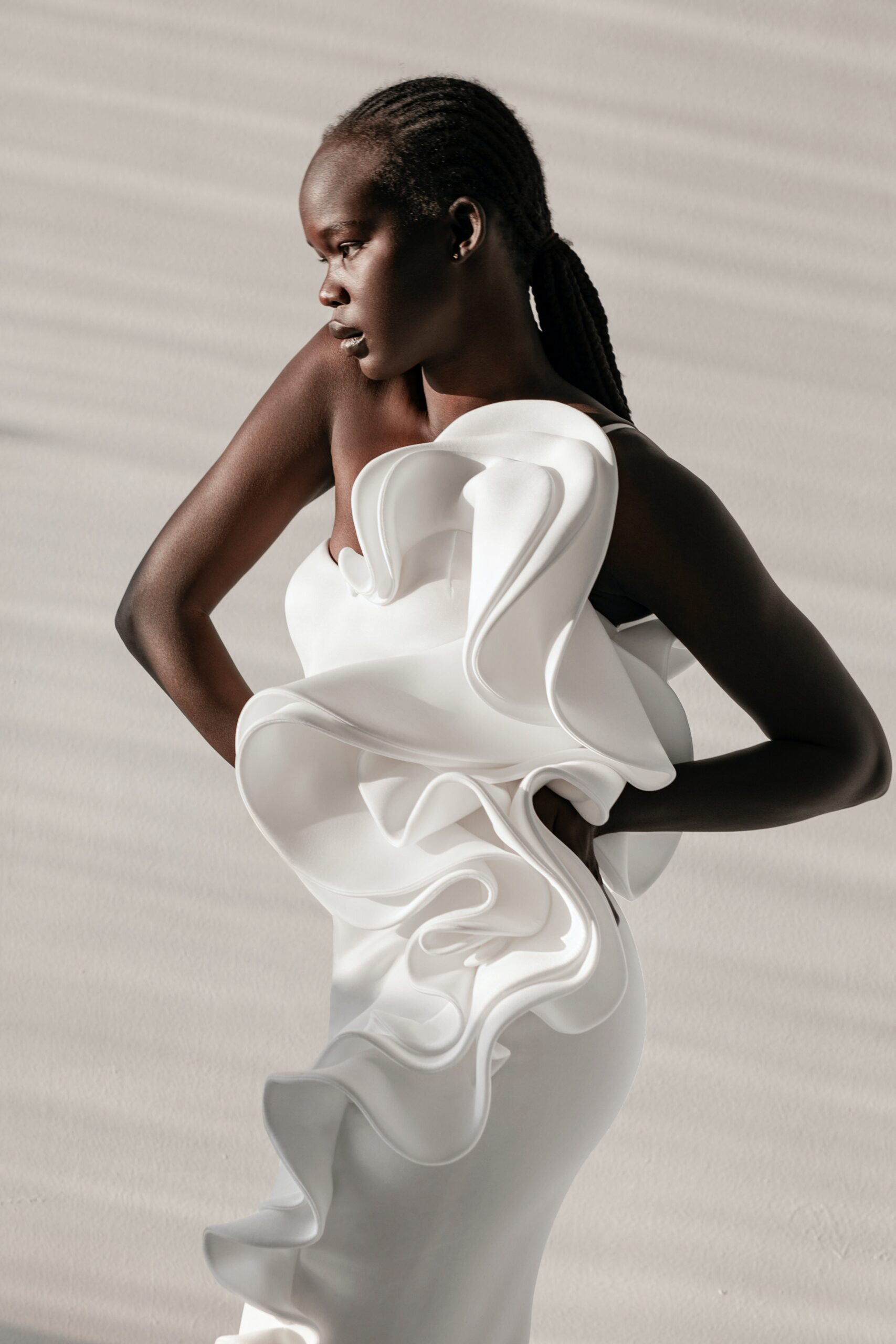
For sewing beginners, a ruffler foot often looks like a scary device, but using it will enable you to create lovely ruffles.
This presser foot works wonders for gathering and pleating all kinds of fabrics. It can ruffle and sew to a flat piece of fabric simultaneously, similar to a gathering foot.
Walking Presser Foot
A walking presser foot works well when sewing sticky fabrics that a Teflon or non-stick presser foot is struggling with. It has toothed bars on the underside, which help it grip the top layer of the fabric and walk it through the machine. As the needle moves up and down, the toothed bars on the walking foot move front to back and pull the fabric.
Zig-Zag Foot
The zig-zag foot is like a universal presser foot that every sewing machine comes with. It has a groove in the center to help in straight sewing, a cut out for the thread to pass through, and an opening in the center that can be used to sew a straight or zig-zag stitch. It is also used for sewing stretch fabrics and using a twin needle.
Zipper Foot
The zipper foot helps you to insert different kinds of zippers into your fabric. You can sew down both the left and right sides of the zipper by placing the zipper foot on either the left or right side of the needle.
The types of zipper feet are:
Regular zipper foot- This is the standard foot, allowing the needle to sit very close to the teeth of your zipper for a clean finish.
Invisible zipper foot – This zipper foot is perfect for those concealed zippers. It allows you to stitch exceptionally close to the zipper so it may appear invisible when closed.
Moreover, a zipper foot can also be used to sew basic straight stitches such as basting stitches, pin tucks, and gathers.
In conclusion, if you are still thinking about the best presser foot, the best plan is to read and build a list of the different sewing machine feet according to your needs.
Nevertheless, the best way to learn about your presser foot is to become familiar with it.

